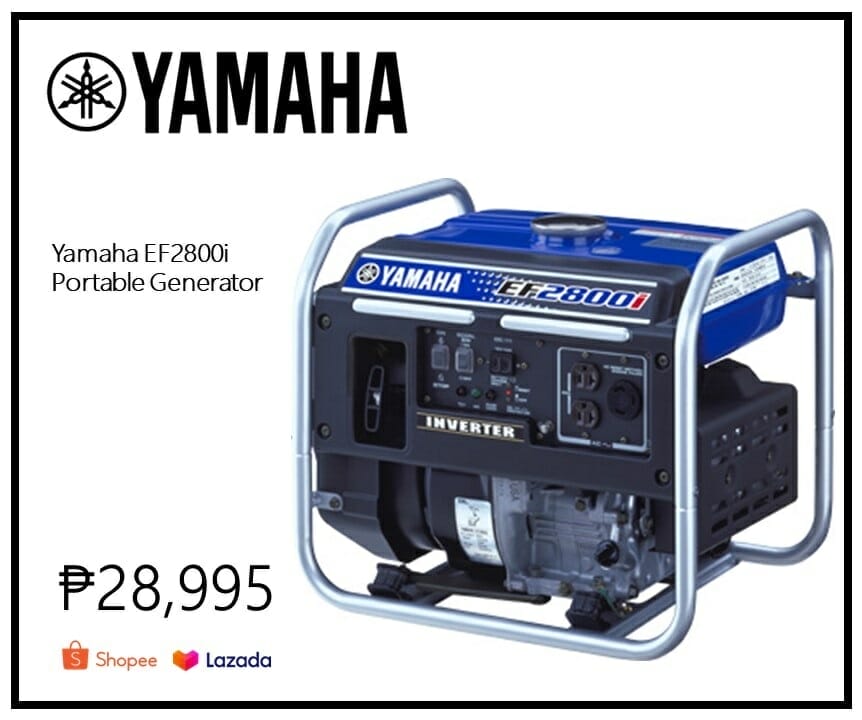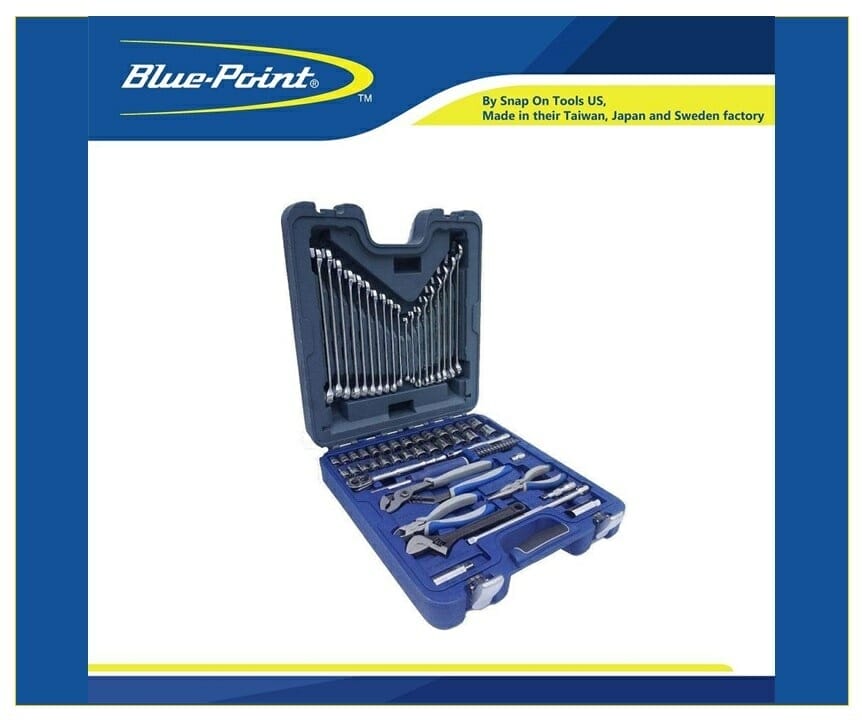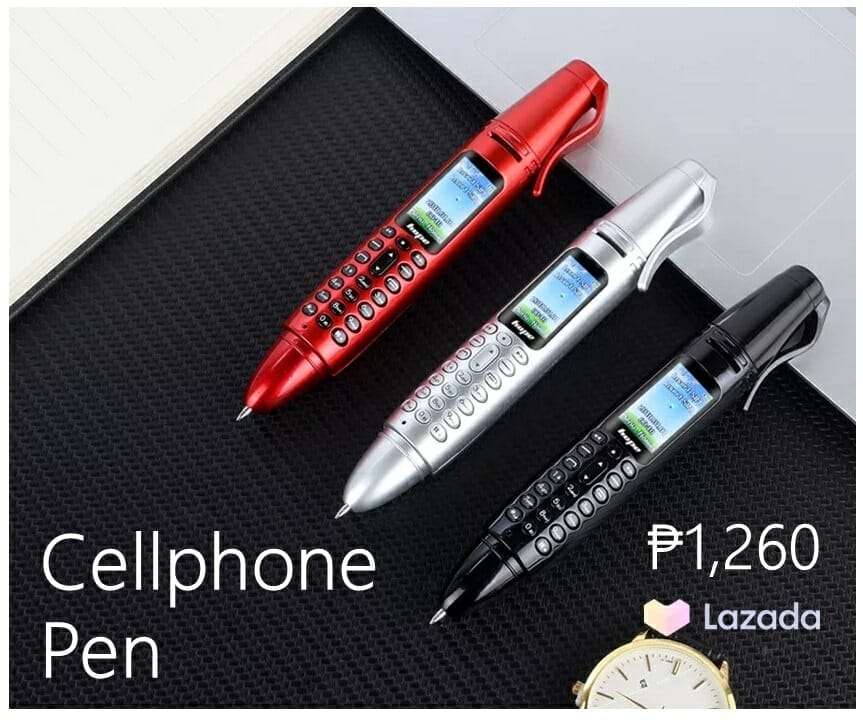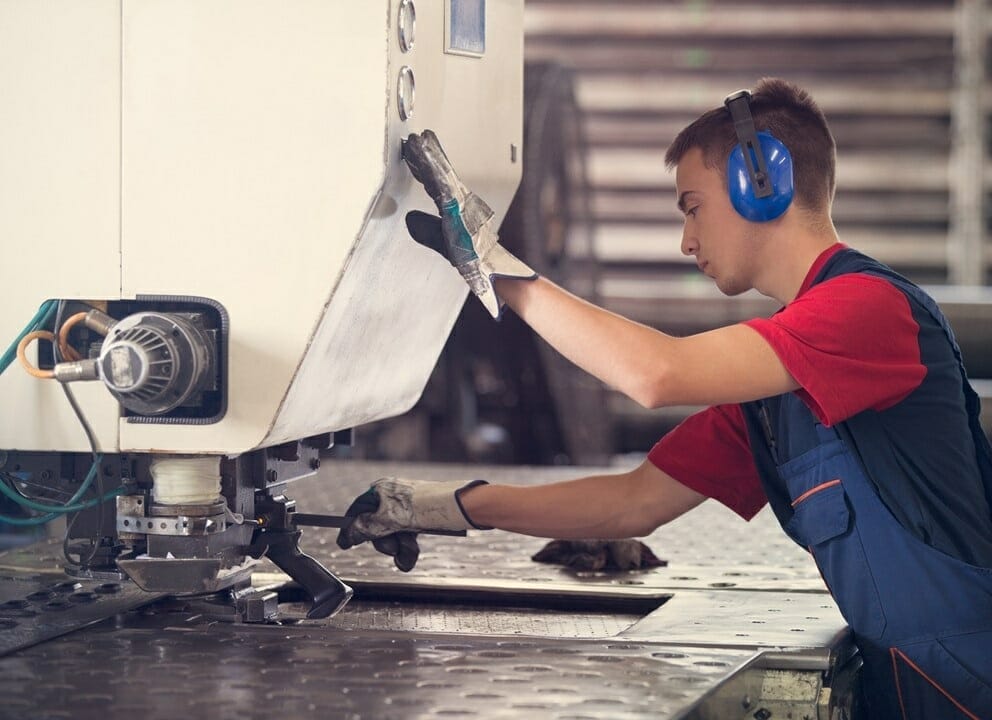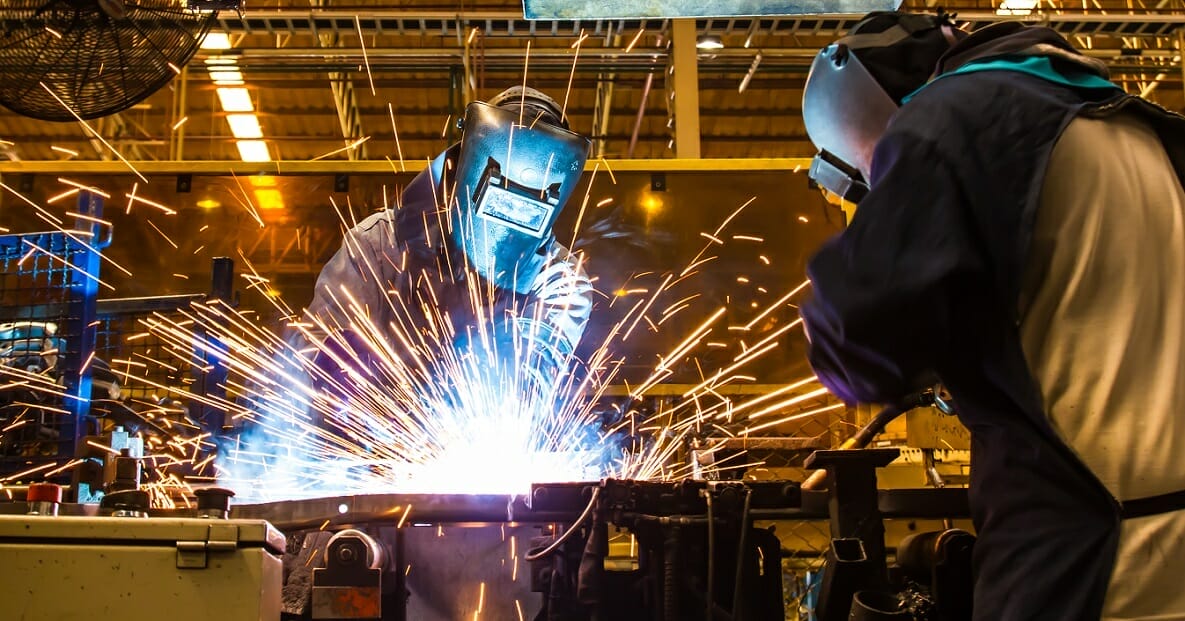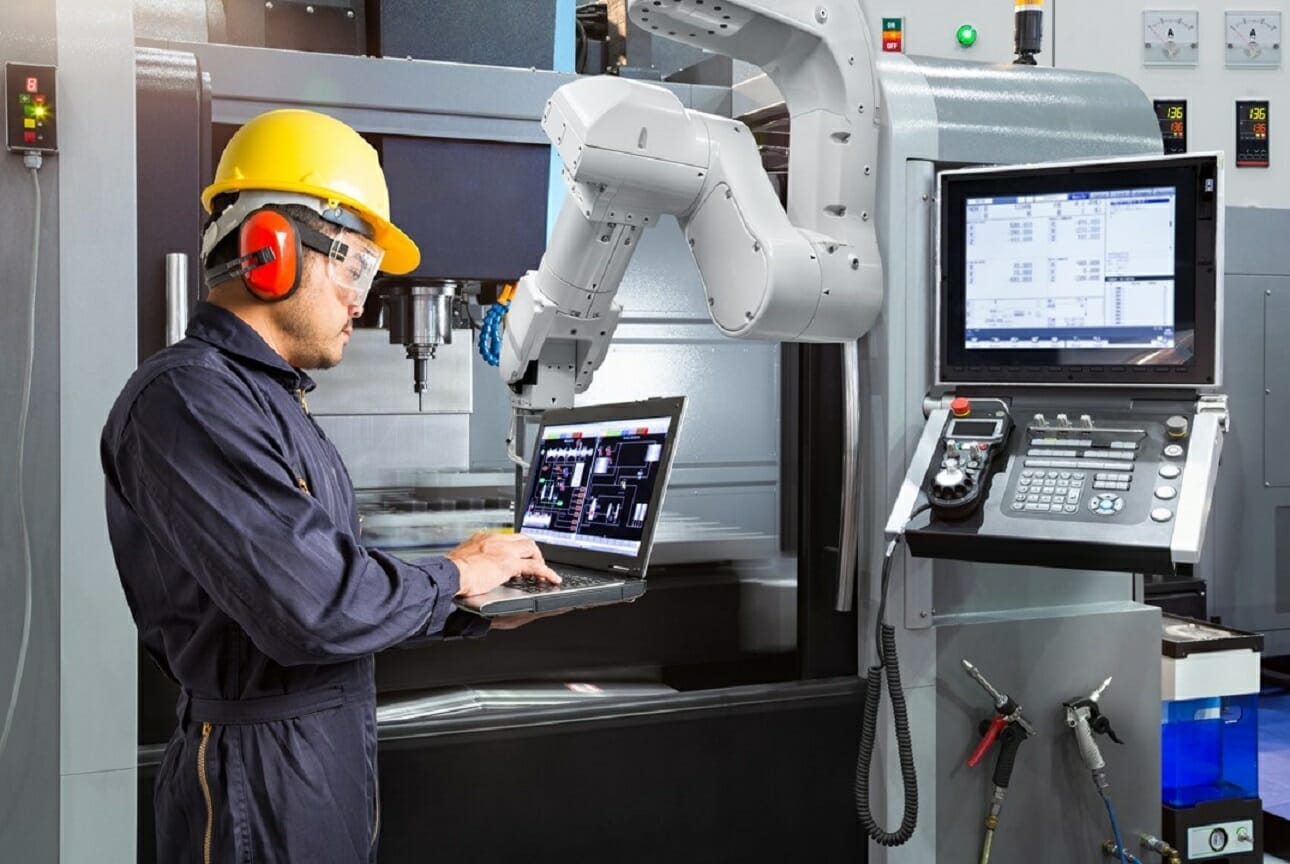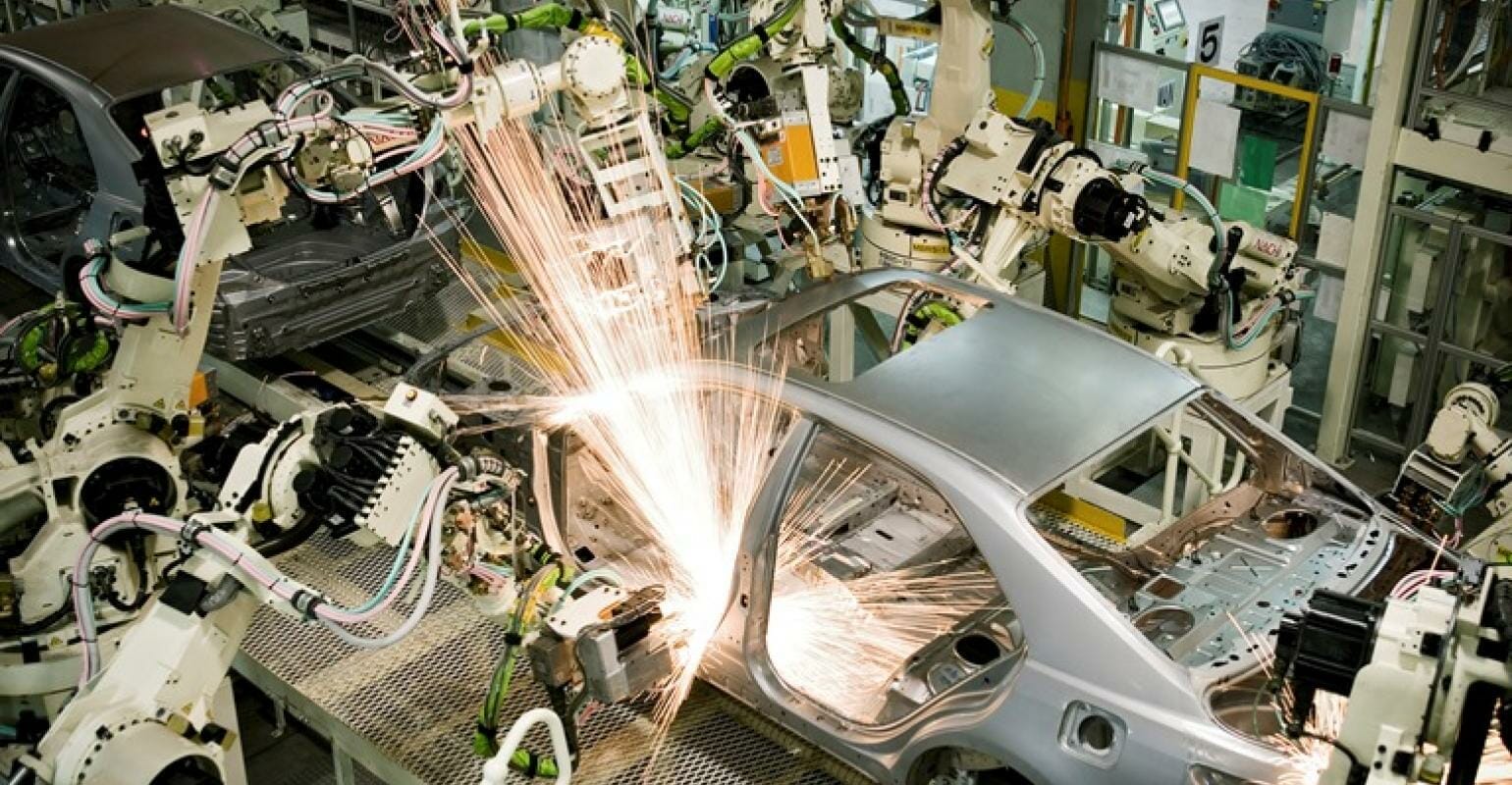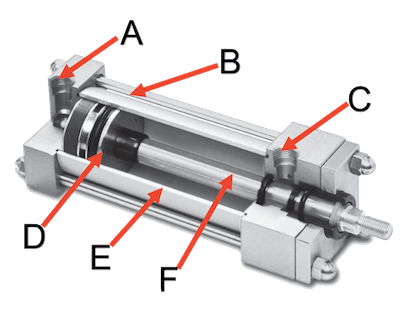Solve Your Hole Drilling Problems
Laser ablation refers to the mechanical process in which layers are removed from solid metals, as well as industrial compounds with the use of a laser beam for the ultimate level of precision. The laser beam irradiates the surface – it exposes the surface to radiation, hence the ablation of the solid materials/compounds. By focusing the laser beam on to a metal or a substrate, the material is removed with much ease and a higher level of precision. The volume of material that is removed in the ablation process will depend on a number of factors, including the pulse length, the intensity of the pulse, as well as the wavelength of the chosen laser, and the material in question. Generally, the area being laser-focused will absorb the laser’s radiation, and when this happens, the chemical bonds in the irradiated area are weakened and broken down.
Given the effectiveness of laser ablation, the technique is now commonly applied in drilling, and it’s often referred to as laser drilling. Laser drilling is an active research area and also an industrial process. It’s a non-contact drilling process, which means that holes are easily drilled in the (traditionally) hard-to-machine surfaces and materials, with no wear/ tear issues reported – unlike what would happen in the traditional hole drilling processes. While brittle and high-strength materials are often challenging to conventional drilling machines, the use of laser drilling allows for easy, and machine-friendly drilling of the brittle ceramics and the high-strength super-alloys, especially in the microelectronic and the aerospace industries. Basically, the laser ablation machine makes drilling possible on all material classes – semiconductors, polymers, ceramics, metallic materials, and glasses. If you need help with laser ablation, Hite Mfg can solve all of your needs.
How is Laser Drilling Done?
Laser drilling involves the use of a stationary and a very powerful, high-energy, high-density laser beam to drill into a material. Essentially, the drilling process involves the vaporization or melting of the material in question off the workpiece.
Going by principle, the laser drilling process is all about energy balance that’s created between the specific irradiating energy emitted from the laser beam, and on the other hand, the conduction of heat that goes into that workpiece, along with the energy needed for phase changes in the workpiece, and the energy losses off to the environment.
But even with the energy losses, it’s worth noting that laser drilling is far much more beneficial and more advantageous compared to other methods of hole drilling because it boasts a higher level of accuracy, it has thermal properties, and that means that the mechanical properties of the material being drilled do not matter, and then there’s the fact that the laser drilling machine boasts significantly higher machining rates.
Given these advantages, several problems are avoided, including:
- Delamination of the thermal barrier’s coatings during the structuring of the inlet cooling holes, specifically in turbine processes for manufacturing
- Cracking of and at the drilled walls
- The loss of circulation
- Kicks
- Slow drilling
- High costs associated with personnel, communications, and equipment
- Drill string failures
- Wellbore instabilities
- Pipe sticking




